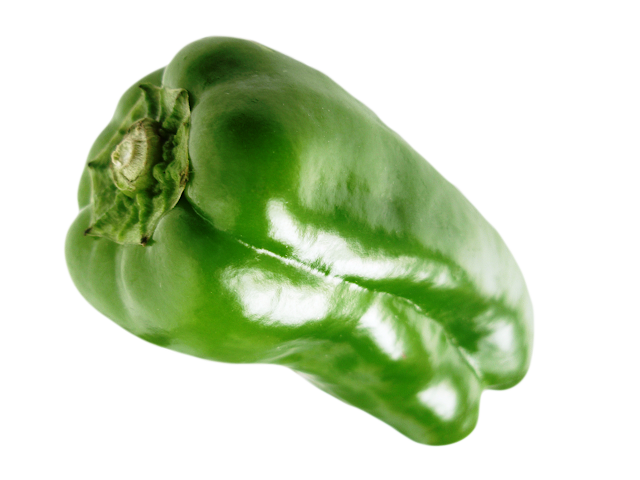C-14 aka Royal Dawn Cherries
C-14 Cherries
Rainier Cherries
Rainier Cherries
We started picking C-14 (Royal Dawn) cherries a few days ago in Chile. C-14 is a very nice variety, so juicy, big size and it tastes wonderful. You will notice in the photos that they have a little nose bump, this doesn't affect the taste or quality. I love eating cherries fresh off the tree, at the beginning of the season I always stuff myself full. These will start arriving in North American markets next week. Our orchards are 80 kms south of Santiago in an area called Codegua and our partners have more fruit in the Curicó region. This season's crop is beautiful and the country is anticipating it's largest crop ever.
The Rainier cherries are ready too and gorgeous as you see; very big and excellent quality. We usually like them to color up a little more (red blush) before we begin picking. One of my favorite cherry varieties because they are so sweet. We lay reflective material (like mirrors) under the trees in the Rainier cherry blocks to enhance the sun's rays, this helps them color up nicely and speeds up harvest times. On Google Maps satellite view CHECK IT OUT HERE you can see the reflective material in our orchards. We will ship the Rainier as far away as Shanghai & Beijing.




























